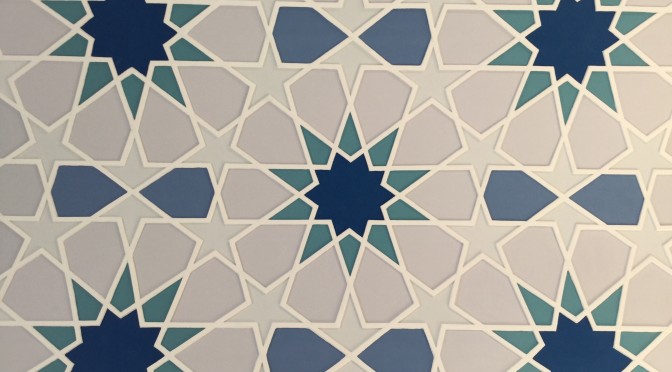QUESTION:
Salaam, where did Sufi tariqahs get their names from? For example Naqshbandi, Chishti, Qadri and then they are further divided into more sub branches like Ashrafi. In the Arab world there are other tariqahs such as Ba’alawi, Shadhili etc
If they have a chain of transmission going back all the way to the Prophet Muhammad (Allah bless him and grant him peace) through Sayiduna Abu Bakr and Sayiduna Ali (may Allah be pleased with them both) then why do they differ in names and differ in ways of dhikr etc. Please explain because I have always wondered this and do not know how to reply to this when I’m asked this question.
ANSWER:
Wa ‘alaykumu s-salām wa rahmatullāhi
It is axiomatic that all legitimate spiritual paths lead to the blessed court of the Prophet ﷺ.
Allāh ﷻ has said in the Qūr’ān in Surat ‘Āli `Imrān:
قُلْ إِن كُنتُمْ تُحِبُّونَ اللَّهَ فَاتَّبِعُونِي يُحْبِبْكُمُ اللَّهُ وَيَغْفِرْ لَكُمْ ذُنُوبَكُمْ ۗ وَاللَّهُ غَفُورٌ رَّحِيمٌ
Proclaim, (O dear Prophet Mohammed ﷺ), “O mankind! If you love Allāh, follow me – Allāh will love you and forgive you your sins”; and Allāh is Oft Forgiving, Most Merciful.
[Kanzul Eemaan 3:31]
The Prophet of Allāh ﷺ is the ever expanding ocean of the mercy of Allah ﷻ and the many different spiritual paths are rivers connected to this ocean with the sub-branches being streams connecting to the rivers, the estuaries are the masters of the path. It is necessary for each traveller upon the path to seek and follow the Prophet ﷺ. In order to do this he/she follows a stream feeding into a river, the river leads directly into an estuary which is a transition between the various rivers and the ocean. Each and every spiritual path is directly connected to the blessed court of the Prophet of Allāh ﷺ without this connection it is anything but legitimate.
Most of the spiritual paths have adopted the names of significant individuals who were great luminaries that imprinted their mark upon the path. The concept is similar to a family name, albeit we have a common father in Sayyidunā Ādam (عليه السلام), each family, clang and tribe is distinctly known by a particular name which most often is derived from a significant family member’s name, residence or work.
With this in mind, we see, the Qādri pathway is named after Sayyidunā ‘Abdul Qādir al-Jilāni (رضي الله عنه), the Naqshbandi order is named after Sayyidunā Bahāu l-Dīn Naqshband (رضي الله عنه) and similarly the Tijāni sufi order is named after Sayyidunā Abu al-ʿAbbâs Ahmad at-Tijāni (رضي الله عنه). This is reflected in other orders also.
With regards to a difference in the litanies existing within the varying orders and sub orders, this is primarily to reflect the need to accommodate the diverse aspirants. The diseases which exist within the breast of man are similar in nature; however, the remedies prescribed in the form of spiritual exercises by the masters may vary. That being said, the core litanies are established from the Qūr’ān and/or tradition, with some litanies existing as a result of openings that the spiritual masters personally experienced and subsequently transmitted to their disciples.
And Allāh knows best
Answered by Ustadh Asid Shafait
Checked by Shaykh Naveed Jameel
Also see:
[Q-ID0040] What are the conditions to become a Pir (spiritual guide)?















![[Q-ID0218] Can a person donate the reward of his actions to a deceased person?](http://www.seekerspath.co.uk/wp-content/themes/hueman-pro/assets/front/img/thumb-medium-empty.png.pagespeed.ce.q0RS_Oe2Ar.png)











